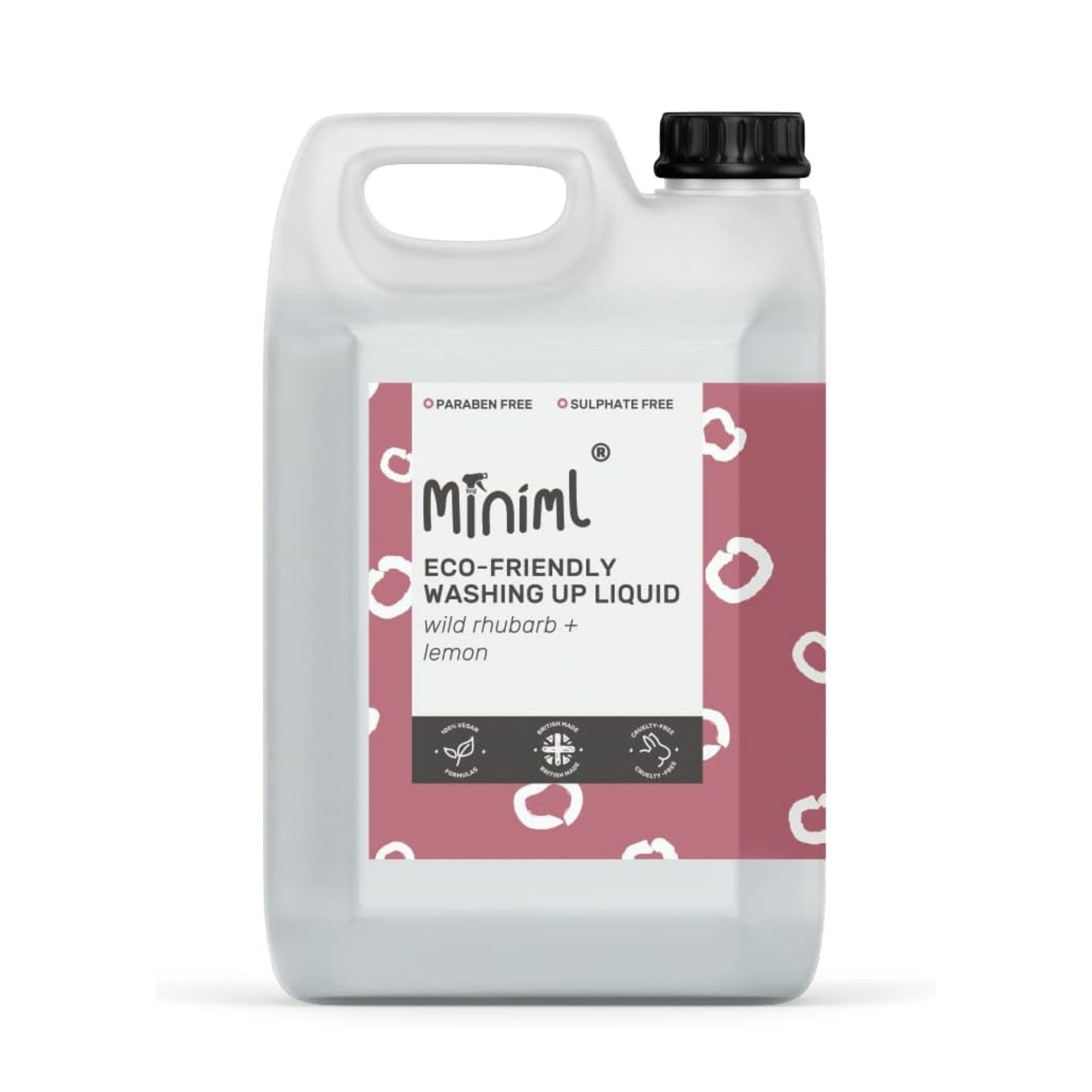How to clean a soup maker - and the one thing you should NEVER do, according to experts
Say goodbye to tomato soup stains
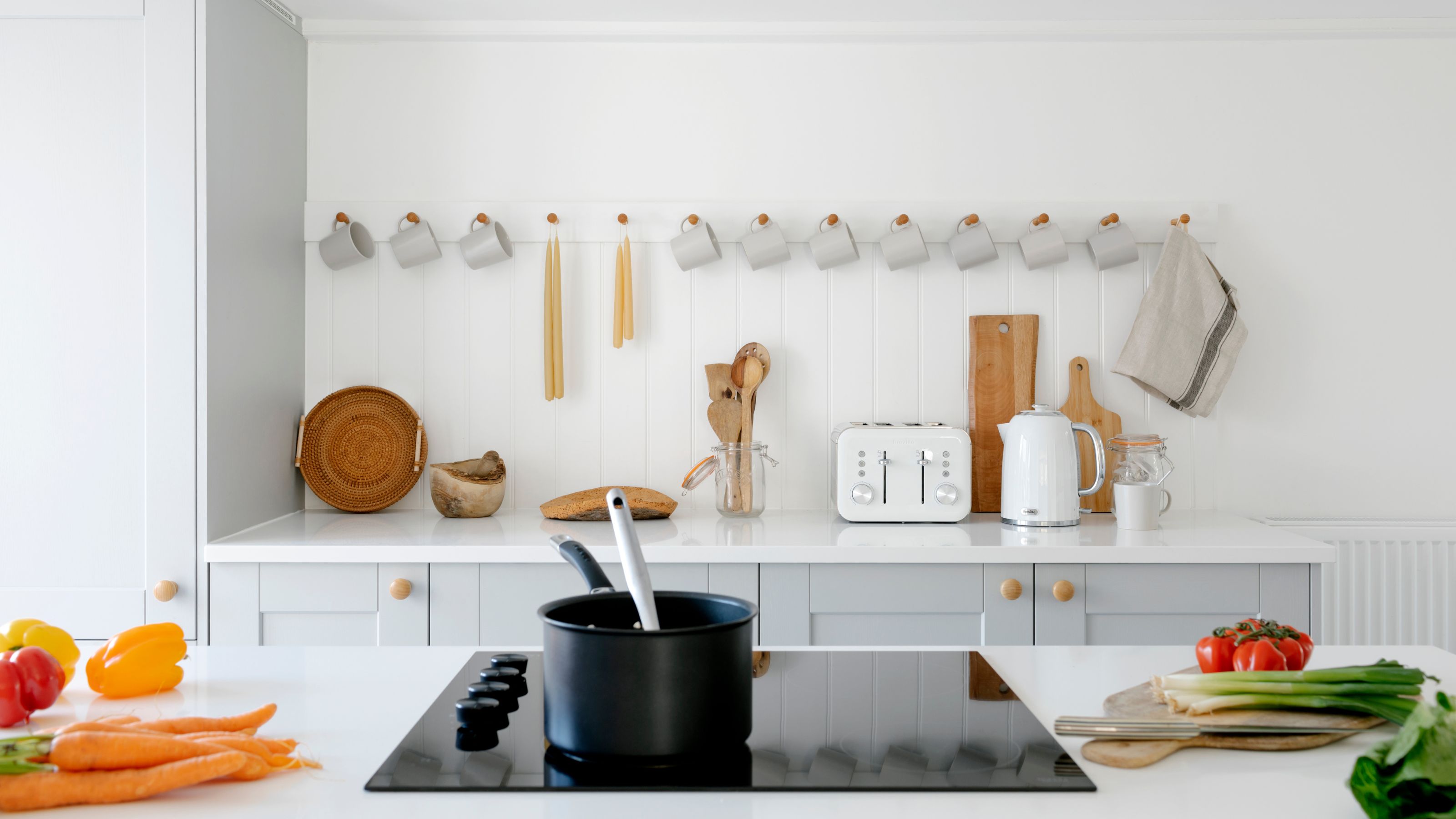

Many of us would happily eat soup every day of the year, but there’s no denying that autumn and winter are prime soup-eating seasons. And while soup makers are a great way to ditch canned supermarket soups in favour of the homemade kind, you also need to know how to clean a soup maker to keep the deliciousness coming.
Whether you’re on the smooth or chunky side of the spectrum (I prefer a smooth soup, personally), the best soup makers will help you bring your favourite flavours to life. But a dirty soup maker can contaminate your food and even result in stubborn staining, ultimately affecting the appliance's efficiency in the long run, so you need to know how to get it squeaky clean ready for the next soup.
As Isabella Forgione, small appliances expert at AO.com, explains, ‘Cleaning your soup maker properly can help maintain its performance and extend its lifespan, so it’s best to know how to clean it.’ We’ve put together the ultimate guide on how to clean a soup maker, so you can keep those soups coming all winter long.
What you'll need
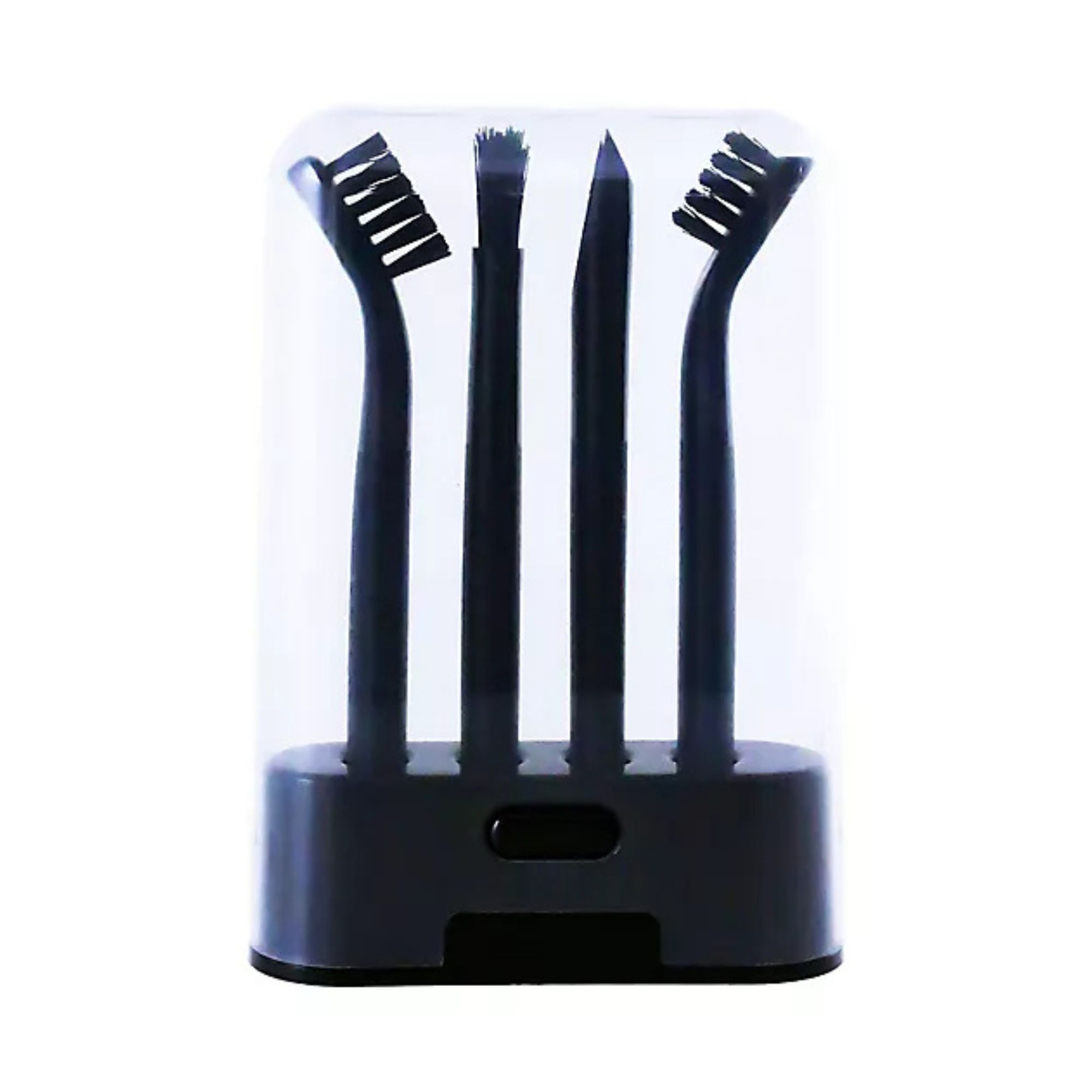
This cleaning brush set is ideal for cleaning a soup maker, as you can use all of these brushes to get into the nooks and crannies - and even the blades themselves.
Step-by-step
1. Make use of the self-cleaning function, if available
Sometimes, cleaning a soup maker is incredibly easy, thanks to the extra bells and whistles that come with more modern appliances. And while this isn’t the case across the board (especially if you have an old soup maker), you may be able to use a self-cleaning function.
This time-saving function allows you to push a button and have the appliance do the hard work for you. Charles Cadman, Product Developer at Salter, says, ‘The Salter Digital Soup Maker features a ‘Blend/Clean’ function to remove stubborn stains. Simply add hot water to the stainless-steel jug to the max line and select the cleaning function.’
However, if your soup maker doesn’t have a self-clean option - or you think it needs an extra helping hand to be 100% clean - you can follow the steps below.
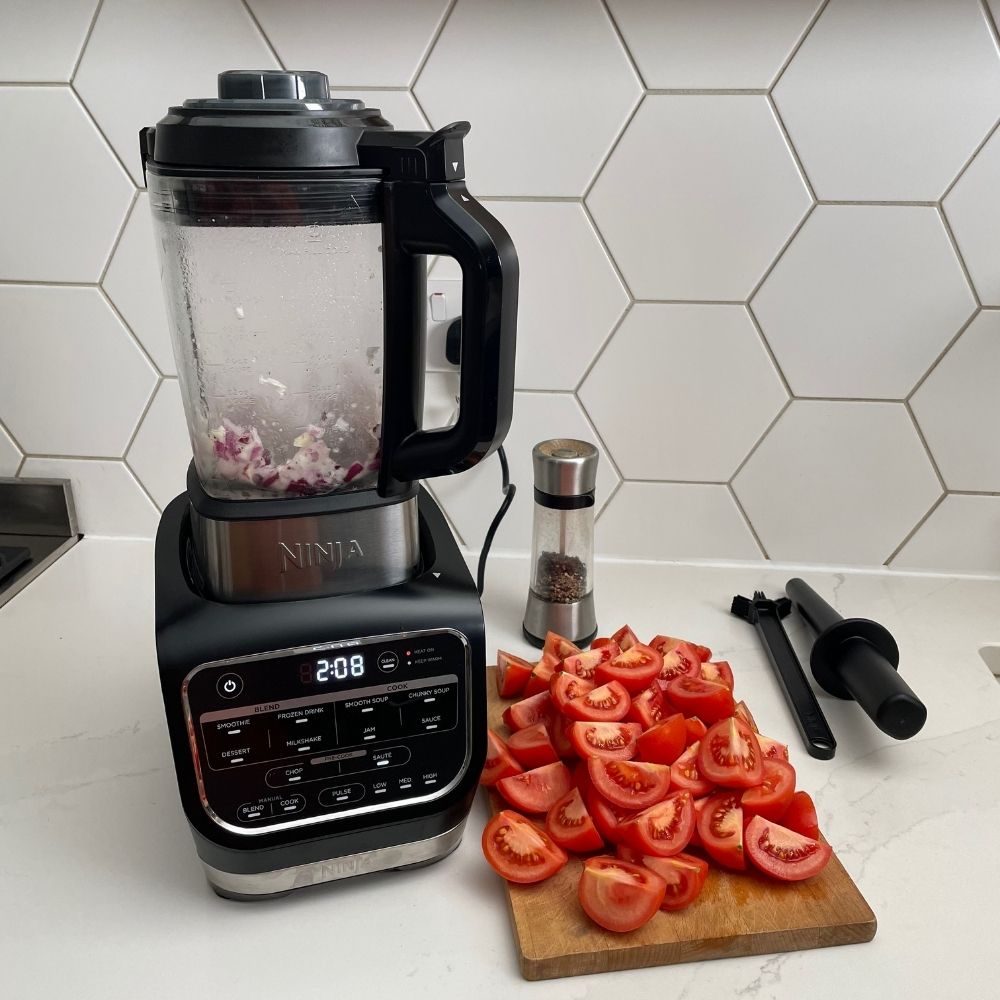
2. If not, switch it off and let it cool down
If you’re going to clean a soup maker with your own two hands, your first step is to ensure that it’s safe to do so. After all, you don’t want to burn yourself - and we all know that electricity and water don’t mix.
Get the Ideal Home Newsletter
Sign up to our newsletter for style and decor inspiration, house makeovers, project advice and more.
That’s why Charles advises, ‘Before cleaning your soup maker, ensure your appliance is switched off, unplugged and has cooled down after use.’
It may take a little while for your soup maker to cool down, but it’s important to be patient and wait until it’s cool to prevent any accidents.
3. Fill it with warm water and washing-up liquid
When your soup maker is turned off and cooled down, you can then start cleaning it. Thankfully, this is very easy to do.
Isabella says, ‘After each use, fill your soup maker’s jug with warm water and a drop of washing-up liquid. Wash this with a soft sponge and pay special attention to avoid submerging any electrical parts in water.
We cannot stress this strongly enough. Submerging it is the one thing you should never do when cleaning a soup maker, as doing so will damage and potentially break the appliance's electrical components. Then, you’ll have to buy another one.
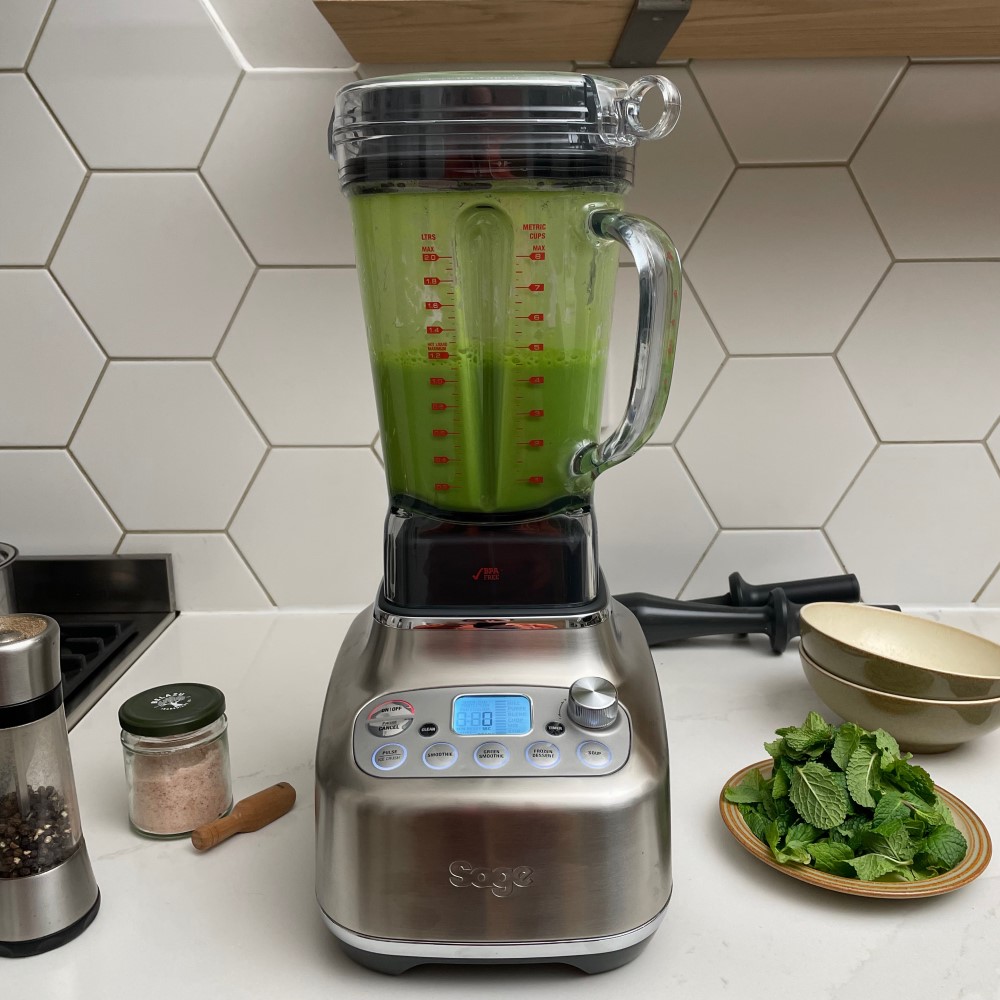
4. Tackle tougher stains
Although the above steps should be enough to get rid of tomato stains or the last few remnants of blue cheese, there’s always a possibility that you may be greeted with more stubborn stains in your soup maker. If that’s the case, you just need to repeat the process - but be a little more patient.
‘Repeat the same process, but allow your soup maker to soak for half an hour,’ says Isabella. ‘Avoid using any metal scrubbers and harsh chemicals like bleach. Finally, be sure to clean the blades, but do so carefully with a small brush.’
In fact, it may be worth using a soft toothbrush (a clean one, of course) to ensure you don’t damage the blades or your fingers in the process.
If your staining is from the hard water in your area, you may also need to descale your soup maker. To do this, you can clean with vinegar. Simply fill your soup maker with some white vinegar and leave it to work its magic for 30 minutes. Make sure you rinse afterwards - unless you want your next soup to have a vinegary twist!
5. Dry and store for future use
When you’ve completed the above, you can then dry your clean soup maker with a clean tea towel - but don’t put the lid on back yet. Experts advise storing your soup maker with the lid off as this allows any residual moisture to evaporate. This will ultimately prolong the life of your soup maker and prevent the build-up of mould.
Then, you can store it wherever you’d like - no matter whether you want to store it on the worktop in your kitchen, pop it away in a kitchen cupboard, or store it in your utility room with other small appliances.
Just remember to repeat this process after every use to keep it as clean as possible.
FAQs
How to clean a burnt soup maker bottom?
If you’ve burnt your soup in your soup maker, soaking it in a mixture of warm water and washing-up liquid for 30 minutes should lift the burnt residue from the bottom.
If that still doesn’t work, you can try the same thing again but use white vinegar instead of the washing-up liquid. The acidity of the vinegar should dissolve the stubborn residue - but you may need to give it a slight scrub with a brush to get it off completely.
If that still hasn’t done the trick, make a paste of baking soda and warm water before cleaning the bottom of the soup maker. However, this should be a last resort as the baking soda can sometimes be too abrasive for the appliance.
What not to put in a soup maker?
Although a soup maker can whip up everything from a broccoli and stilton soup to a butternut squash soup, there are some foods and items you should never put in a soup maker. This includes:
- Shop-bought soups.
- Raw meat.
- Frozen vegetables.
- Tough herbs.
- Large chunks of food.

Lauren Bradbury has been the Content Editor for the House Manual section since January 2025 but worked with the team as a freelancer for a year and a half before that. She graduated with a Bachelor’s degree in English and Creative Writing from the University of Chichester in 2016. Then, she dipped her toe into the world of content writing, primarily focusing on home content. After years of agency work, she decided to take the plunge and become a full-time freelancer for online publications, including Real Homes and Ideal Home, before taking on this permanent role. Now, she spends her days searching for the best decluttering and cleaning hacks and creating handy how-to guides for homeowners and renters alike, as well as testing vacuums as part of her role as the Ideal Home Certified Expert in Training on Vacuums, having spent over 110 hours testing different vacuum models to date!
-
 Want to cook like Jamie Oliver? Here's the top-rated pan from his collection
Want to cook like Jamie Oliver? Here's the top-rated pan from his collectionJamie's collaboration with Tefal has led to this casserole dish getting the best user reviews I've ever seen
By Molly Cleary
-
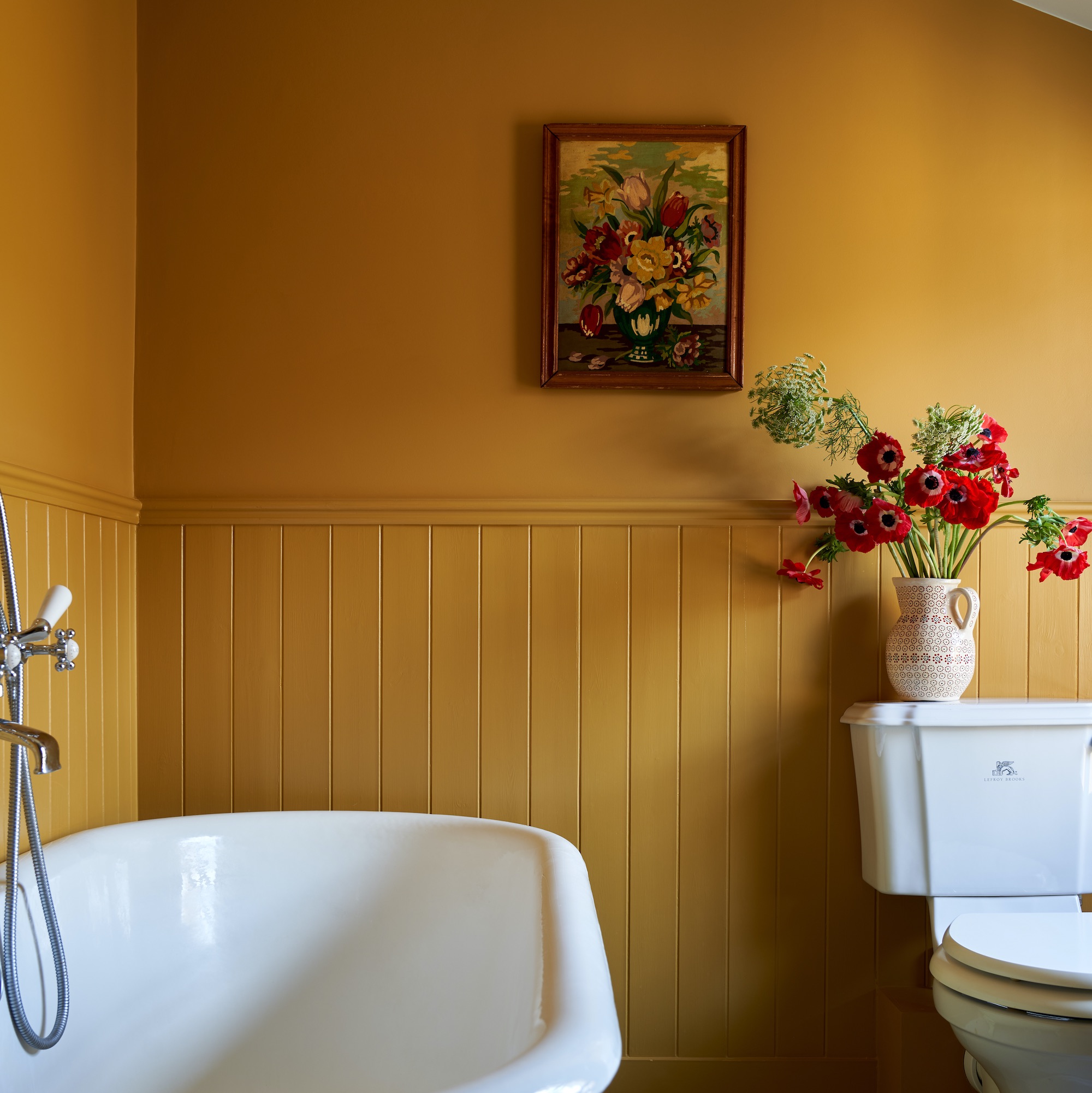 7 best colours to paint a windowless bathroom that will transform the mood of a dark wash space
7 best colours to paint a windowless bathroom that will transform the mood of a dark wash spaceA bathroom without a view needn’t sink your plans for a warm and welcoming retreat
By Linda Clayton
-
 I’ve found a stunning £40 buy that rivals Le Creuset at Wilko - this casserole dish is a dead ringer for one of the most summery colourways
I’ve found a stunning £40 buy that rivals Le Creuset at Wilko - this casserole dish is a dead ringer for one of the most summery colourwaysYou just can't beat finding a great Le Creuset alternative
By Kezia Reynolds
-
 Want to cook like Jamie Oliver? This is the top-rated casserole he uses from his own collection all the time on Instagram
Want to cook like Jamie Oliver? This is the top-rated casserole he uses from his own collection all the time on InstagramJamie's collaboration with Tefal has led to this casserole dish getting the best user reviews I've ever seen
By Molly Cleary
-
 I’ve found a stunning £40 buy that rivals Le Creuset at Wilko - this casserole dish is a dead ringer for one of the most summery colourways
I’ve found a stunning £40 buy that rivals Le Creuset at Wilko - this casserole dish is a dead ringer for one of the most summery colourwaysYou just can't beat finding a great Le Creuset alternative
By Kezia Reynolds
-
 This beautiful mixing bowl is the unexpected star of so many kitchens – including Mary Berry's and the Bake Off tent
This beautiful mixing bowl is the unexpected star of so many kitchens – including Mary Berry's and the Bake Off tentThis earthenware bowl proves that you don't have to spend a huge amount for a classic kitchen addition
By Molly Cleary
-
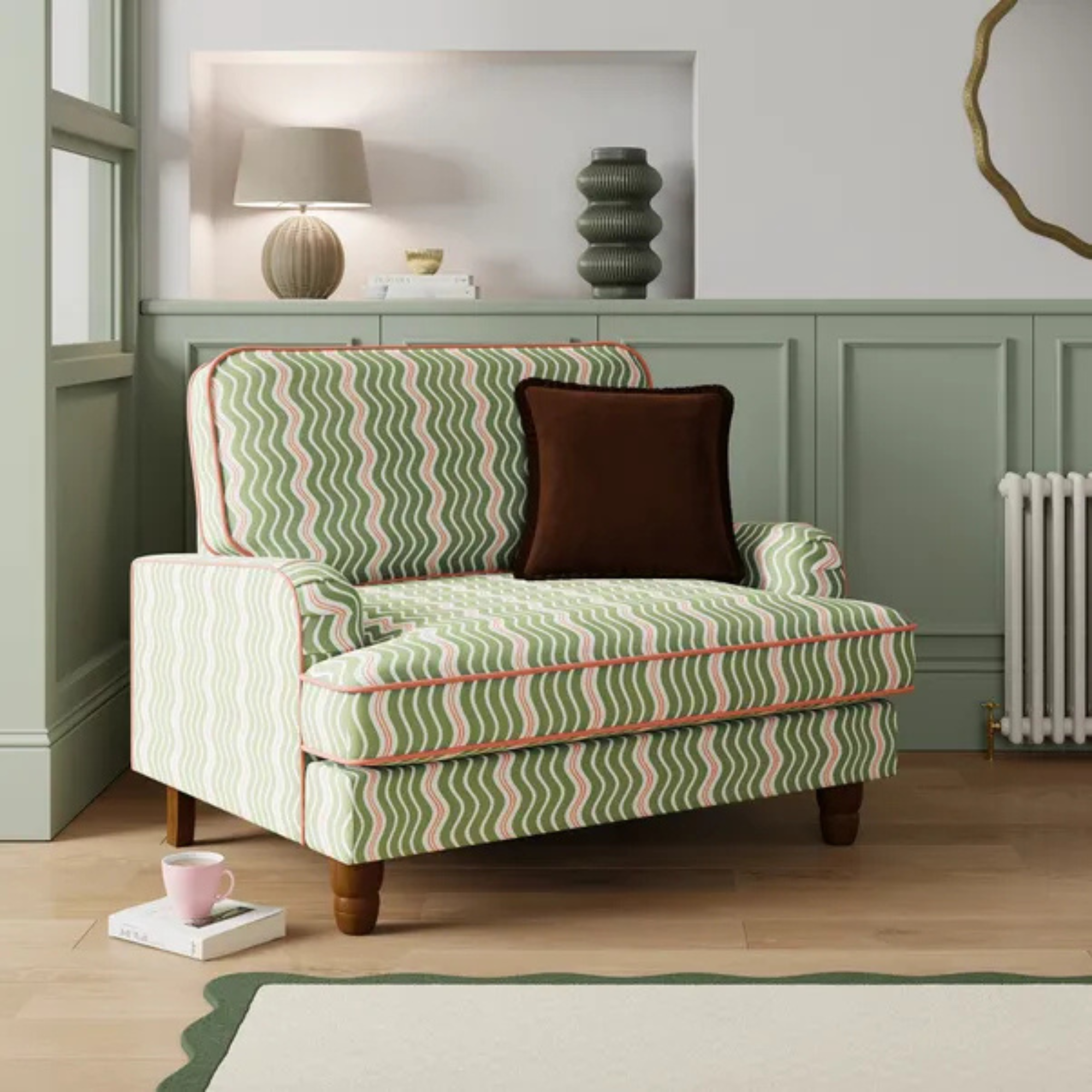 Dunelm has given its cult snuggle chair a new look - it's swapped classic stripes for another emerging pattern trend
Dunelm has given its cult snuggle chair a new look - it's swapped classic stripes for another emerging pattern trendI'm obsessed with this fresh new style
By Kezia Reynolds
-
 I tried Joseph Joseph's pan set with foldable handles – the space-saving design is just one of the many highlights
I tried Joseph Joseph's pan set with foldable handles – the space-saving design is just one of the many highlightsSmall kitchen? I tested this innovative Joseph Joseph space-savvy set which has foldable handles — and I loved it
By Annie Collyer
-
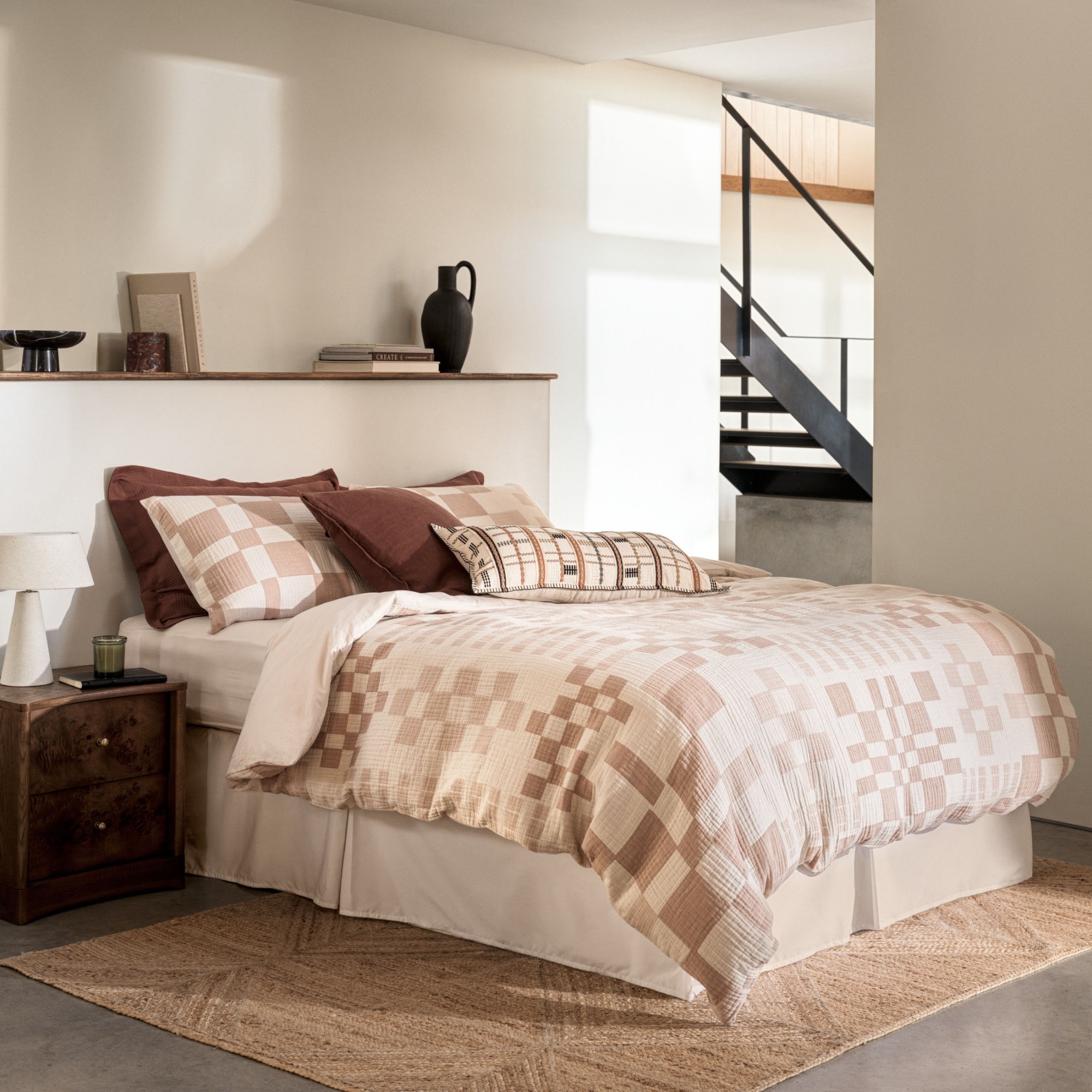 As a stylist, I spend hours looking for bedding for photoshoots, and I just spotted these 6 expensive-looking sets at M&S
As a stylist, I spend hours looking for bedding for photoshoots, and I just spotted these 6 expensive-looking sets at M&SGet a little luxury at a high-street price
By Laurie Davidson
-
 I've been waiting to try out the Ninja Slushi for months – this is what happened the first time I tried it
I've been waiting to try out the Ninja Slushi for months – this is what happened the first time I tried itThe Ninja Slushi is the stuff of dreams for summer entertaining
By Molly Cleary
-
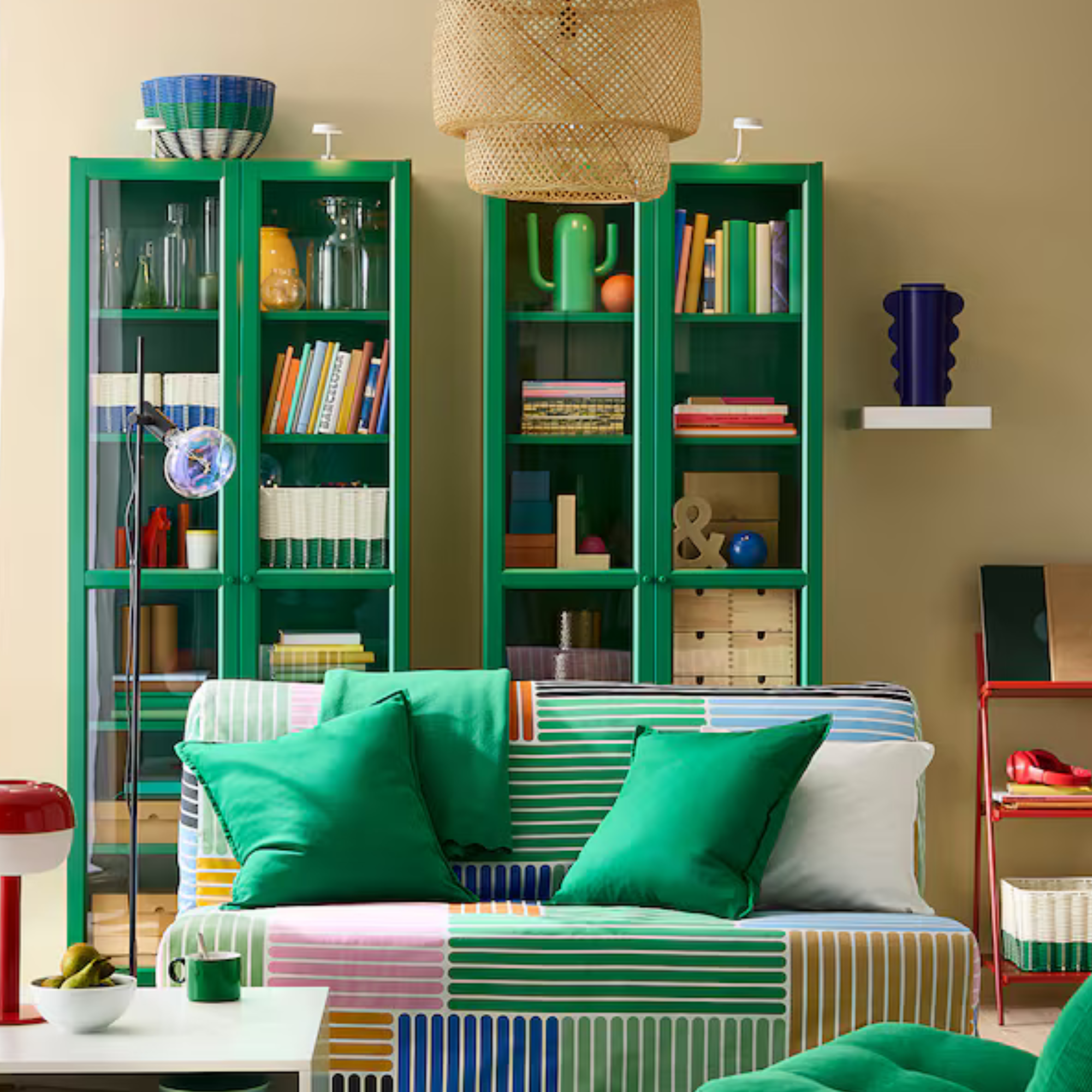 IKEA has drenched its BILLY bookcase in this year’s ‘it’ colour - but you’ll have to act fast if you want to get your hands on one
IKEA has drenched its BILLY bookcase in this year’s ‘it’ colour - but you’ll have to act fast if you want to get your hands on oneI'm obsessed with this gorgeous limited-edition colourway
By Kezia Reynolds
